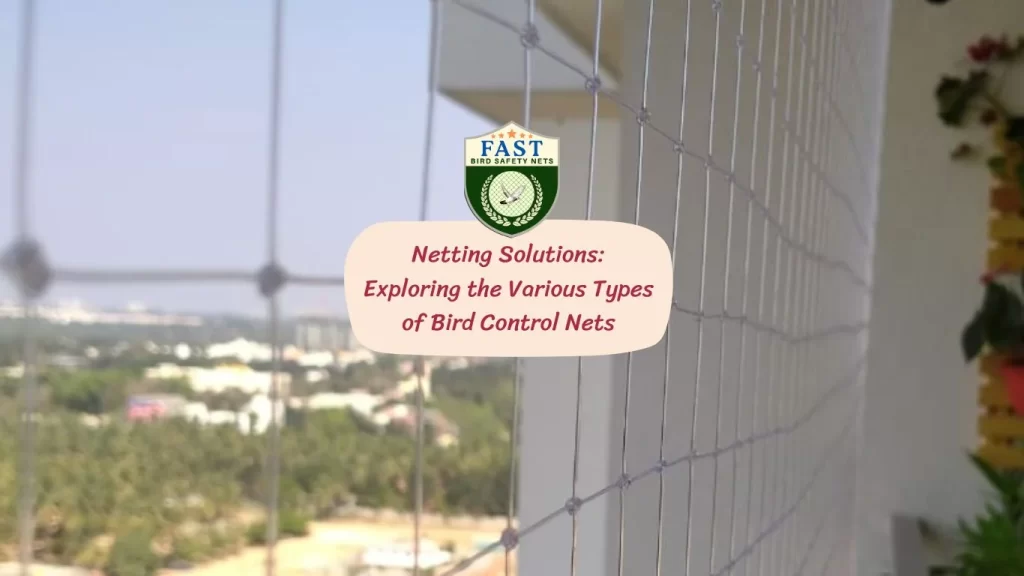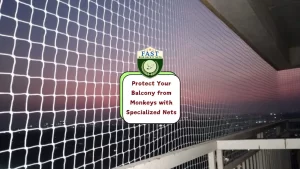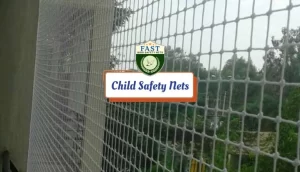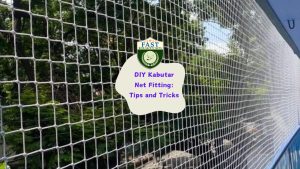When it comes to managing bird populations and protecting property, bird control nets offer effective solutions. From bird exclusion nets to bird nets, each type serves a specific purpose in keeping unwanted avian guests at bay.
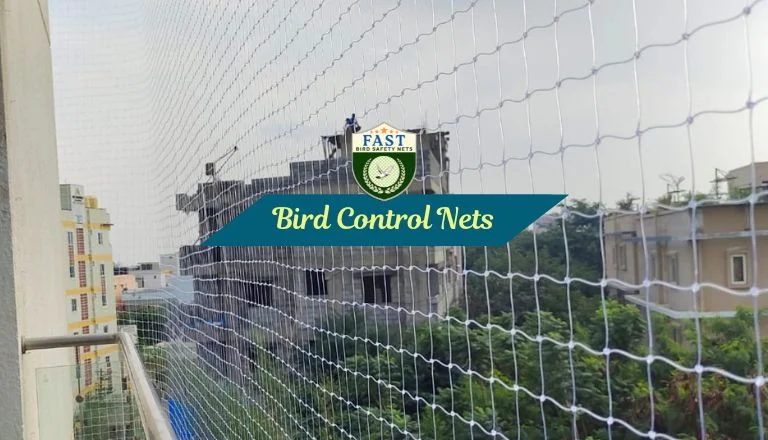
Bird exclusion nets are designed to prevent birds from entering specific areas, such as warehouses, factories, or agricultural fields. These nets are typically made of durable materials like polyethylene or nylon, with mesh sizes tailored to the size of the birds targeted for exclusion. By creating a physical barrier, bird exclusion nets deter birds without causing harm, making them a humane and environmentally friendly option.
Bird nets, on the other hand, are commonly used to protect structures like buildings, bridges, and statues from bird roosting and nesting. These nets are installed vertically or horizontally, forming a barrier that prevents birds from accessing protected areas. Bird nets are often made of UV-stabilized polyethylene or nylon to withstand outdoor conditions and provide long-lasting protection.
For larger areas like agricultural fields or vineyards, overhead bird netting provides comprehensive protection against bird damage. These nets are suspended above crops using support structures and can be easily installed and removed as needed. Overhead bird netting is highly effective in preventing birds from accessing crops, reducing crop loss and minimizing the need for chemical deterrents.
In summary, bird control nets offer versatile solutions for managing bird populations and protecting property. From bird exclusion net to bird spikes and overhead netting, each type of netting serves a unique purpose in deterring birds while ensuring minimal impact on the environment. By exploring the various types of bird control nets available, property owners can find the right solution to suit their specific needs and effectively manage bird-related issues.

